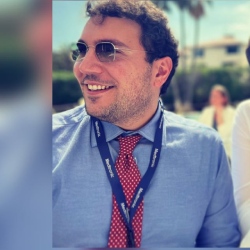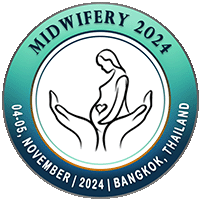
Mario Palumbo
University of Naples Federico II, ItalyTitle: Surgical adhesions after laparoscopic myomectomy: methods of prevention
Abstract
Objective. Adhesions are one of the most common complications of myomectomy and subsequent surgical procedures. Laparoscopic myomectomy is a low-risk procedure, with an adhesion rate of 50%, unlike laparotomy which has increased rates of 94%. The primary consequences of postoperative adhesions are chronic pelvic pain and female infertility. This narrative review is conducted to report the evidence on methods to reduce adhesions after laparoscopic myomectomy.
Materials and Methods. An electronic database search (PubMed, Medline and Embase) was performed up to April 2022. A search algorithm was developed incorporating the terms “myomectomy”, “adhesions”, “laparoscopy”, “infertility”, “anti-adhesion agents”.
Results. The incidence of adhesions after laparoscopic myomectomy without adhesion barriers is variable, between 23% and 88%. The variability in adhesions’ onset is due to tissue trauma, the incision location and length, number of knots or kind of suture material and the experience of the surgeon, but also the use of anti-adhesion agents. The icodextrin 4% and the auto-crosslinked hyaluronic acid solution gel showed a significant decrease in the incidence and severity of adhesions in intervention groups. The polyethylene glycol amine plus dextran aldehyde polymers reported a decrease in the total adhesion score at second-look surgery after laparoscopic myomectomy. Oxidized regenerated cellulose showed efficacy in prevention of adhesions after laparoscopic myomectomy.
Conclusions. Laparoscopic myomectomy reduces the risk of new adhesion formation but do not eliminate it entirely. Oxidized regenerated cellulose, auto- crosslinked hyaluronic acid gel among natural materials, and polyethylene glycol amine plus dextran aldehyde polymers among synthetic materials, decrease the incidence of adhesions.
Biography
Mario Palumbo is research assistance at Department of Public Health, School of Medicine, University of Naples Federico II, Naples, Italy

